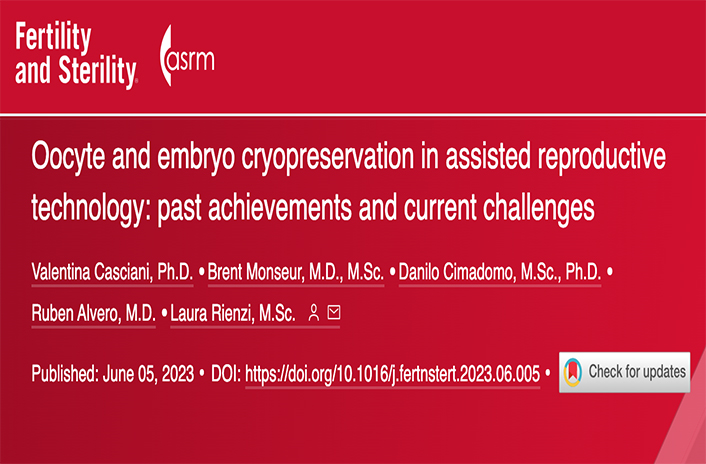
Fertility and Sterility VOLUME 120, ISSUE 3, P506-520, SEPTEMBER 2023 – Published: June 05, 2023 DOI:https://doi.org/10.1016/j.fertnstert.2023.06.005
Abstract
Cryopreservation has revolutionized the treatment of infertility and fertility preservation. This review summarizes the milestones that paved the way to the current routinary clinical implementation of this game-changing practice in assisted reproductive technology. Still, evidence to support “the best practice” in cryopreservation is controversial and several protocol adaptations exist that were described and compared here, such as cumulus-intact vs. cumulus-free oocyte cryopreservation, artificial collapse, assisted hatching, closed vs. open carriers, and others. A last matter of concern is whether cryostorage duration may impact oocyte/embryo competence, but the current body of evidence in this regard is reassuring. From social and clinical perspectives, oocyte and embryo cryopreservation has evolved from an afterthought when assisted reproduction was intended for immediate pregnancy with supernumerary embryos of secondary interest to its current purpose, which primarily is to preserve fertility long-term and more comprehensively allow for family planning. However, the initial consenting process, which still is geared to short-term fertility care, may no longer be relevant when the individuals that initially preserved the tissues have completed their reproductive journey. A more encompassing counseling model is required to address changing patient values over time.
Keywords: Cryopreservation; oncofertility; reproductive counseling; slow freezing; vitrification.